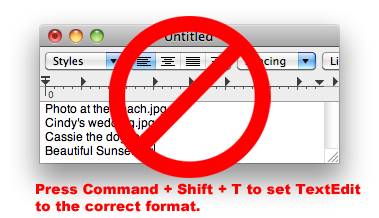
As of 2019, hard disk drives have been key storage devices and are projected to remain so for the foreseeable future. For example, the ISO 9660 and UDF file systems are designed specifically for optical discs.įile systems can be used on many types of storage devices using various media. Some file systems have been designed to be used for specific applications. There are many kinds of file systems, each with unique structure and logic, properties of speed, flexibility, security, size and more. The structure and logic rules used to manage the groups of data and their names is called a "file system." Taking its name from the way a paper-based data management system is named, each group of data is called a " file". By separating the data into pieces and giving each piece a name, the data are easily isolated and identified. Without a file system, data placed in a storage medium would be one large body of data with no way to tell where one piece of data stopped and the next began, or where any piece of data was located when it was time to retrieve it. Still, it's a nice feature to have and it's one I've been using more than I expected.In computing, a file system or filesystem (often abbreviated to fs) is a method and data structure that the operating system uses to control how data is stored and retrieved. Yosemite's rename tool doesn't, for example, let you enter variables so it can dynamically create file names for you. This is a handy way to quickly rename several files, but it is limited compared to some third-party utilities. Enter the text you want to use instead for each file name in the Replace with field.Įnter the file name text you want to change, and the text you want instead.Enter the common text you want to replace from each file name in the Find field.Control-click or right-click one of the selected files, then choose Rename from the contextual menu.Open a Finder window and select the documents you want to rename as a group.

To batch rename files in OS X Yosemite, do this: OS X Yosemite includes a file batch rename tool

In OS X Yosemite, however, that changes because now there's a batch rename tool built into the Finder.

Efficiently renaming a long list of files in OS X has been the purview of Terminal or third-party apps.


 0 kommentar(er)
0 kommentar(er)
